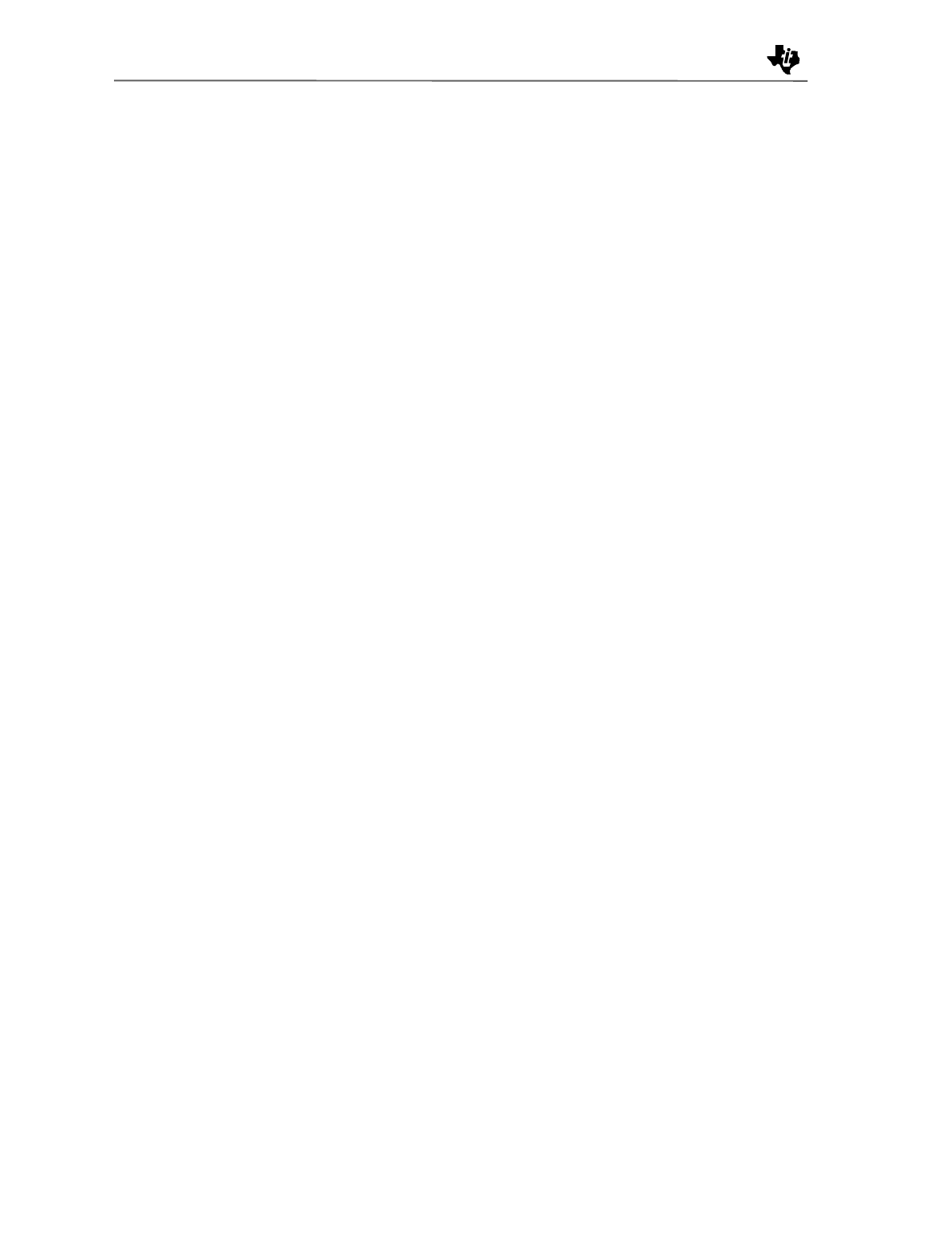
SWRA004A
TRF1500 Integrated Dual-Band RF Receiver User’s Guide 13
Design Considerations
The successful integration of a TRF1500 receiver device into a
design is dependent upon the performance of the external
components and the quality of the board design and layout.
External Components
Component tolerance and Q specifications (where applicable)
should be observed during the selection of any external
components. The TRF1500 data sheet, TI literature number
SLWS041A, includes a Bill of Materials (BOM) detailing
components with proven performance, that are used on the
evaluation board. The location and orientation of components
should also be taken into consideration for maximum performance
and manufacturability. For example, the low-band image rejection
is dependent on an external Surface Acoustic Wave (SAW)
component. This filter is used to reject signal outside the band of
the receiver and has been chosen to maximize the TRF1500
performance, while maintaining minimum size and cost.
Board Design and Impedance Matching
The quality of the board layout is also critical to the TRF1500
performance. Correct transmission line impedances must be
maintained throughout the design to insure maximum
performance. Correct transmission line impedances can be
maintained by using proper line widths and board stack-up in
relation to the dielectric constant of the board material.
Utilizing the correct external component to match the device
impedance to board transmission line impedance is also very
important.
For measurement simplicity, the evaluation board utilizes RF
Balun transformers for impedance matching selected differential
inputs and outputs to single-ended inputs and outputs. Please
note that the Baluns are used only for evaluating the device on the
evaluation board and do not have to be included in the end user’s
application.
To minimize unwanted signal interference and coupling, digital
lines should be routed around and away from the receiver. On a
multi-layer board, running a separate plane for the digital lines is
highly recommended. Power supply lines should be filtered and
regulated as close as possible at the device terminal.


















